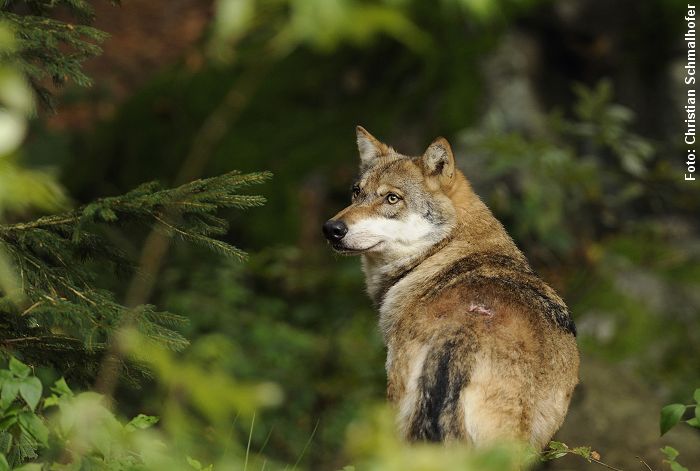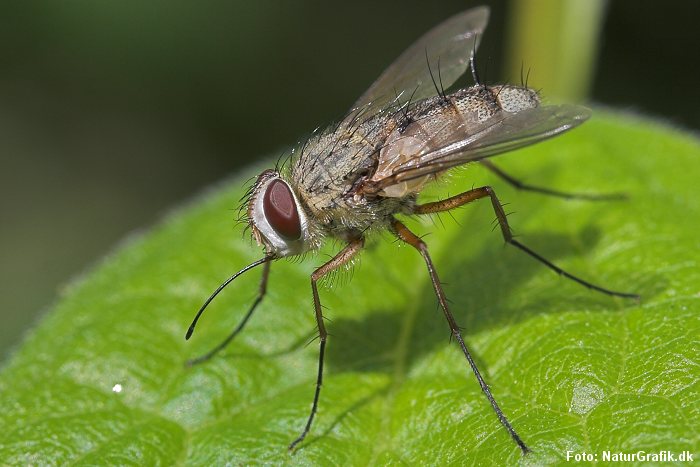Lizards in Denmark
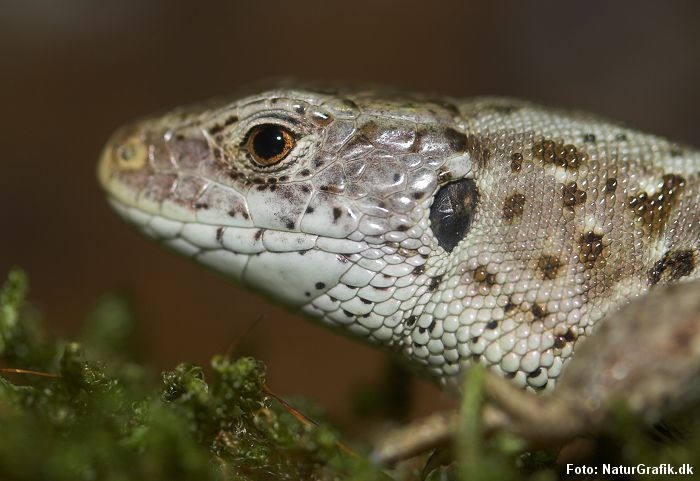
There are only two species of lizards in Denmark. Here a female sand lizard.
In Denmark you will only find two species of lizards. The common lizard and the sand lizard.
The common lizard (Zootoca vivipara) is, as the name implies, Denmark’s most common lizard. The little reptile can often be seen sunning itself on dry spots, logs or rocks. The common lizard occupy a wide range of habitats like marshes, heath, moors, bogs and woodland. In Danish the common lizards is also named woodland lizard.
The common lizard lives farther north than any other species of non-marine reptile, and are viviparous (giving birth to live young), rather than laying eggs as the sand lizard.
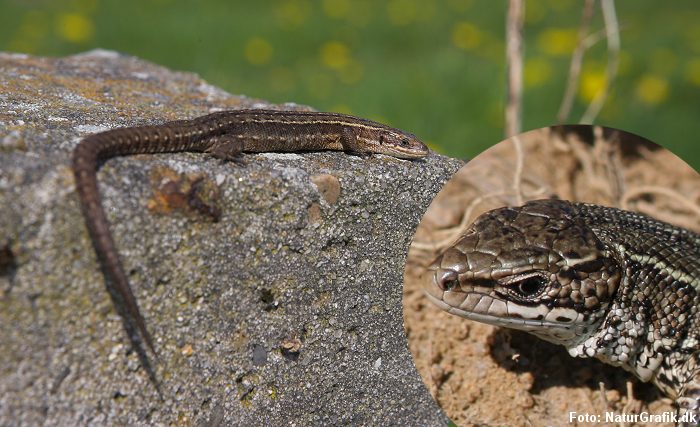
Common lizard.
Common lizards are usually between 10cm and 16cm (4 inches and 6 inches) long.
The sand lizard (Lacerta agilis) is larger than the common lizard, and somewhat stockier. Up to about 20 cm. It is mostly found in coastal sand dunes, rough grazing areas or open hilly areas in sandy places.
Males develop vivid green flanks in the breeding season (April to May). The sand lizard is regarded as threatened in Denmark and is protected by law.
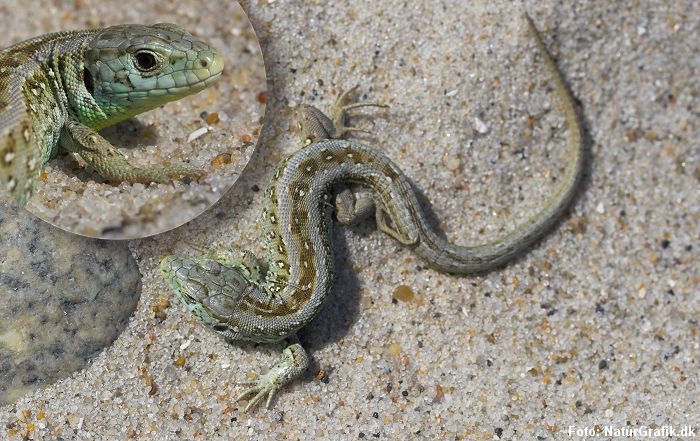
Sand lizard.
Able to lose the tail – to escape a predator.
If caught by the tail, lizards have the ability to shed the lower tail, leaving a predator with a twitching stump while the lizard escape. The lizard is able to grow a new tail.

If caught by the tail, lizards have the ability to shed the lower tail in order to escape a predator. Here a common lizard.
Hibernation.
Due to the winter climate in Denmark the lizards begin hibernation in October. Hibernation normally ends in March.
Sources: Visitnature.com, wikipedia, arkive.org, Naturguide.dk.











